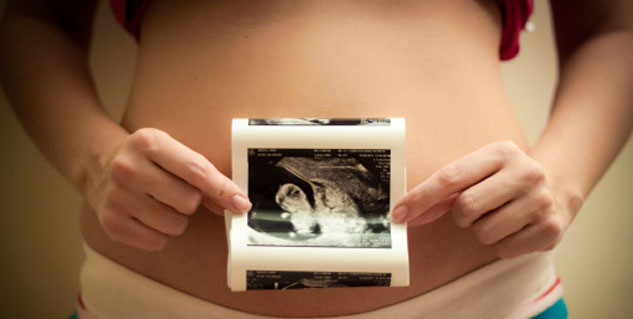Have missed your period recently? You are so excited that you do not know what to do next? You need
to proceed now systematically. Check this list and proceed accordingly.
Pregnancy Check List
Assess: Assess your pregnancy status by doing a urine-pregnancy test. Missing period can be due to
several reasons. This test becomes positive as early as three days of a missed period if you have
conceived. Check the two dark lines on the strip and confirm your gravid state.
Block: Block your dates as per an easy calculation…Just add nine calendar months and seven days with
your first day of last menstrual period. That will be yours expected date of delivery. But, only 4%
pregnant women start labor-pain on that expected date. If everything runs well, almost 80% women
deliver within 2 weeks earlier and one week later of that date.
Curtail: Curtail strenuous physical exercise, prolonged standing, scuba diving and long on road journey.
Curtail tension, anxiety and stress. Stop dieting. Stop smoking and drinking. Cycling, swimming, walking
and low-impact aerobics are recommended in uncomplicated pregnancy.
Diagnose: Diagnose day by day the symptoms of pregnancy in your-self. Nausea and vomiting will be
there as well as loss of appetite. Urinary frequency will be increased. There will be sensation of
heaviness of breasts. Backache, constipation and leg cramps are also common symptoms in gravid state.
These are actually your body’s response to accommodate your growing fetus.
Examine: Examine your body parts in closed door. Look at your breasts. They will become pigmented,
tender and enlarged along with some secretions. You will feel a gradual bulge in lower abdomen. Your
vagina may become soft. You may notice excessive non-irritant mucoid vaginal discharge time to time.
Don’t panic. These are absolutely normal findings.
Follow: Follow healthy dietary tips. Follow a habit of drinking adequate water. Ensure your diet is
balanced and healthy enough. Ensure adequate sleep. Light free hand exercises or sexual activities can
be allowed. Start to take folic acid 5 mg once a day.
Guard: Guard your growing fetus. Be conscious. Few offending agents can seriously hamper fetal
growth. Guard your pregnancy from radiation exposure if you are working in a radiology or oncology
clinic. Few medications like antihypertensive ACE inhibitors, antithyroid drugs, anticancer drugs, lithium
etc can adversely influence the development. Are you having these medications? Please check the list
www.just.edu.jo/DIC/…/Drugs%20contrandicated%20in%20pregnancy
Some Other Symptoms in Early Pregnancy
Hurry: Hurry, if you experiences following symptoms in early pregnancy.
Excessive vomiting with decreased urination
Bleeding per-vagina
Burning micturation
Persistent headache with blurring of vision
Respiratory distress
Do not deal these ailments casually. Also report if you have persistent pain abdomen.
Inform: Inform your close circle regarding your gravid state. This is vital. Don’t keep it secret. If any
emergency arises by any chance, then they can help you accordingly.
Judge: Finally, judge yourself. Are you diabetic, hypertensive or asthmatic and on any form of regular
medications? Do you have experienced miscarriage last time? Are you a post-surgical patient? Actually
are you healthy enough or are you a high-risk mother? 20-30% pregnancies belong to high risk category.
This type of pregnancy needs an early consultation. Following are considered as high-risk pregnancy.
Pregnancy High-Risk Group
Check whether you are included in the high-risk group.
Pregnancy with a previous history of repeated abortions or still-births
Pregnancy in women aged < 16 years or >35 years
Pregnancy with previous history of pregnancy complications like preterm
labor, hypertensive disorder, previous Caesarean section etc.
Pregnancy in woman who’s blood group is Rhesus negative
Pregnancy in a woman suffering from medical disorders like hypertension,
heart disease, epilepsy, asthma, thyroid disorders or renal disease.


Recent Comments